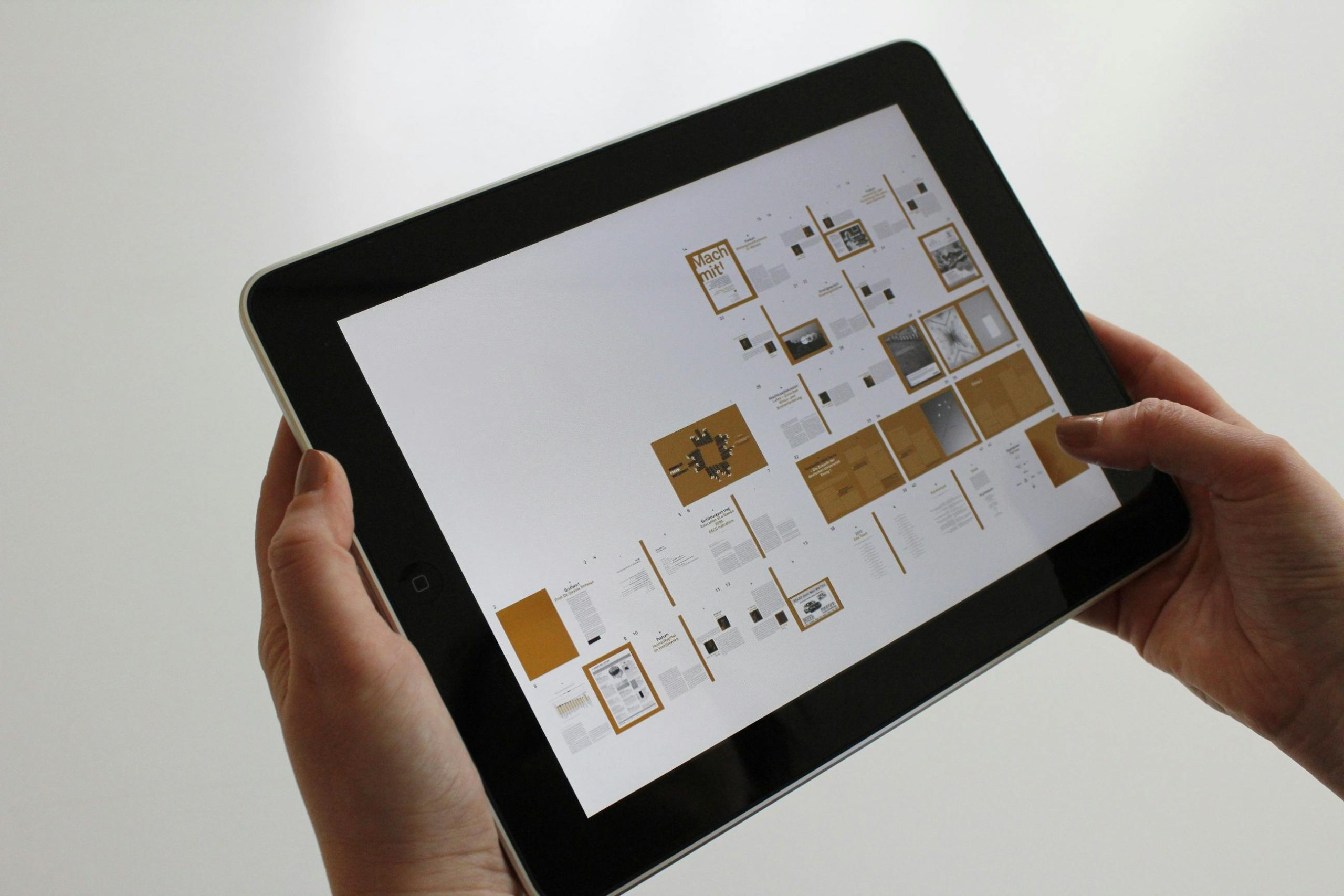In today’s digital era, businesses are increasingly turning to technology to streamline their operations and drive efficiency. One area where digital transformation can have a profound impact is in the accounts payable (AP) workflow. By digitizing the AP workflow, organizations can automate manual processes, reduce errors, and improve visibility and control over financial transactions.
Understanding digitizing Accounts Payable Workflow
Digitizing accounts payable workflow involves leveraging technology to automate and streamline the processes involved in managing and processing supplier invoices, making payments, and reconciling accounts. This transformation typically involves the adoption of software solutions such as accounts payable automation platforms, electronic invoicing systems, and digital payment methods to replace paper-based processes with digital alternatives.
Best Practices for Digitizing Accounts Payable Workflow
1. Assess Current Processes:
Evaluate existing AP processes, identify pain points, and prioritize areas for digitalization based on potential impact and feasibility.
2. Select the Right Technology:
Research and select digital AP solutions that align with your organization’s needs, budget, and technical requirements, considering factors such as scalability, integration capabilities, and security features.
3. Plan and Prepare:
Develop a comprehensive implementation plan that outlines objectives, timelines, roles, responsibilities, and key milestones for digitizing AP workflow.
4. Engage Stakeholders:
Involve key stakeholders, including finance teams, IT departments, vendors, and suppliers, in the digitization process to ensure buy-in, alignment, and collaboration.
5. Train and Educate:
Provide training and education to employees and stakeholders on the use of digital AP solutions, including software features, workflows, and best practices.
6. Monitor and Measure:
Continuously monitor and measure the performance of digital AP solutions, including processing times, error rates, and cost savings, to identify areas for improvement and optimization.
7. Iterate and Improve:
Iterate on digital AP processes based on feedback, insights, and lessons learned, continuously improving efficiency, accuracy, and compliance over time.
Steps to Digitizing Accounts Payable Workflow
1. Assess Current Processes:
Conduct a thorough assessment of existing AP processes, including invoice receipt, processing, approval, and payment.
2. Identify Pain Points:
Identify pain points and inefficiencies in current AP processes, such as manual data entry, paper-based workflows, and lengthy approval cycles.
3. Research Digital Solutions:
Research digital AP solutions, such as accounts payable automation platforms, electronic invoicing systems, and digital payment methods, to identify options that meet your organization’s needs and requirements.
4. Select and Implement Solution:
Select a digital AP solution that aligns with your organization’s objectives, budget, and technical requirements, and implement it according to the established implementation plan.
5. Integrate with Existing Systems:
Integrate the digital AP solution with existing accounting systems, ERP platforms, and banking systems to ensure seamless data exchange and workflow continuity.
6. Train and Educate Users:
Provide training and education to employees and stakeholders on how to use the digital AP solution effectively, including software features, workflows, and best practices.
7. Monitor and Optimize Performance:
Monitor the performance of the digital AP solution, including processing times, error rates, and cost savings, and optimize processes based on insights and feedback.
Benefits of Digitizing Accounts Payable Workflow
1. Efficiency: digitizing AP workflow reduces manual effort and processing time, enabling organizations to process invoices and make payments faster and more efficiently.
2. Cost Savings: By automating repetitive tasks and reducing errors, digitalization lowers operational costs associated with AP processing, such as printing, mailing, and data entry.
3. Accuracy: Automated systems minimize errors and discrepancies in invoice processing and payment reconciliation, ensuring the accuracy of financial records.
4. Visibility and Control: Digital AP workflows provide real-time visibility into invoice status, payment schedules, and cash flow, enabling better decision-making and financial planning.
5. Compliance: Digital solutions help organizations ensure compliance with regulatory requirements and internal policies by maintaining accurate and up-to-date financial records and audit trails.
Challenges of Digitizing Accounts Payable Workflow
1. Integration Complexity: Integrating digital AP solutions with existing accounting systems, ERP platforms, and banking systems can be complex and require careful planning and coordination.
2. Data Security Risks: digitizing AP workflow introduces new cybersecurity risks, such as data breaches and unauthorized access, which organizations must address through robust security measures and protocols.
3. Change Management: Adopting new digital processes may require changes to existing workflows, systems, and employee roles, necessitating effective change management and training initiatives.
4. Supplier Adoption: Encouraging suppliers to adopt electronic invoicing and payment methods can be challenging, requiring clear communication, incentives, and support from the organization.
5. Technical Issues: Digital AP solutions may encounter technical issues such as software bugs, system downtime, or compatibility issues, which can disrupt operations and require prompt resolution.
Digitizing accounts payable workflow offers numerous benefits for organizations seeking to streamline their financial operations, improve efficiency, and reduce costs. By leveraging technology to automate and streamline AP processes, organizations can enhance accuracy, visibility, and control over financial transactions, enabling better decision-making and financial management.
While digitalization presents challenges such as integration complexity, data security risks, and change management, organizations can overcome these challenges through careful planning, stakeholder engagement, and continuous improvement initiatives. By following best practices and implementing digital AP solutions effectively, organizations can unlock the full potential of digitalization and achieve greater efficiency and agility in their AP workflows.

